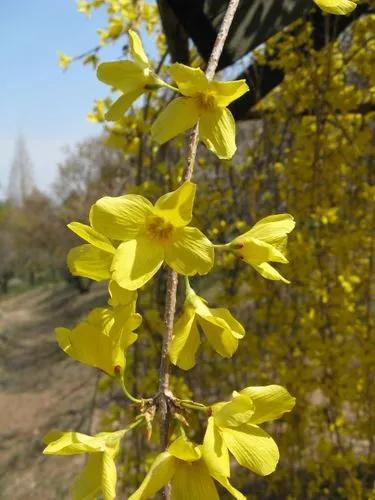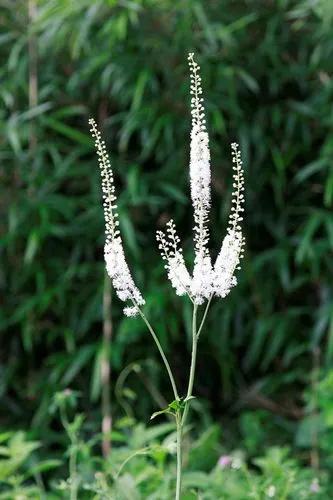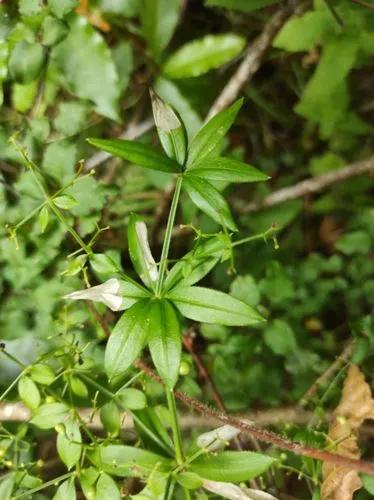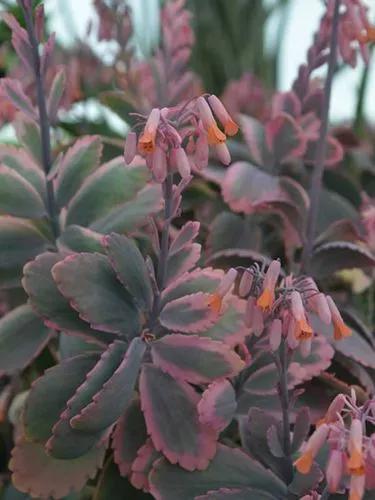Climbing and rambling over rocks or up tree trunks, the morning glory begonia has pretty white flowers in spring and glossy green leaves that look both grape and maple leaf-like. A succulent perennial vine that is frost tender, it is native to the extreme southeastern coastal plain of Brazil. Although called "morning glory", it has neither flowers nor twining stems like real morning glory vines,(Convolvulus).The thin, fleshy but plastic-like leaves are a glossy bright green and range in shape from circular to kidney-shaped, always with angular edges and occasional lobes. If growing upon a tree or across the ground, roots will emerge from the leaf nodes on the stem. In spring, fleshy branched structures arise from the bases of leaves and display the small ivory male and female flowers. The male flowers are the prominent ones that help make the branched flower stem look like a combination of a lit chandelier and candelabra.
Morning-glory Begonia Care
Begonia Convolvulacea



How to Care for the Plant

Water

In dry weather, supplement Mother Nature’s begonia care with a rejuvenating fine mist via the sprinkler for 15 minutes in the heat of the afternoon and sufficient bottom watering—remember, just enough to keep the soil lightly damp but not waterlogged.

Pruning

Annual begonia plants may be cut back before frost and used inside as a houseplant in winter.

Fertilizer

For healthy plants and abundant blooms, apply 10-10-10 liquid fertilizer diluted at a ratio of three parts water to one part fertilizer when you first plant (or transplant) your begonias and approximately every three weeks thereafter. Begonias respond better to fertilizer solutions poured around their base rather than sprayed directly on the plant; the tender leaves and stems of some species can be injured by direct contact with strong fertilizer sprays.

Sunlight

While begonias can’t tolerate hours of direct sunlight, these plants bloom in a combination of partial shade and soft light. The best location for this compromise is on the north or east side of your home, beneath a large tree or covered patio to filter the sunlight. In more densely shaded spots, flowering tuberous and fibrous begonias tend to develop more leaves than blooms, though Rhizomatous begonias (which are grown for their foliage) will flourish.

Soil

Ideal begonia care requires well-drained soil that has been amended by the addition of organic matter, such as compost and peat moss.

Additional

Begonias are toxic to pets, with the tubers being the most poisonous part. They are not toxic to humans, although may cause allergic reactions.

Popularity

35 people already have this plant 10 people have added this plant to their wishlists
Discover more plants with the list below
Popular articles






